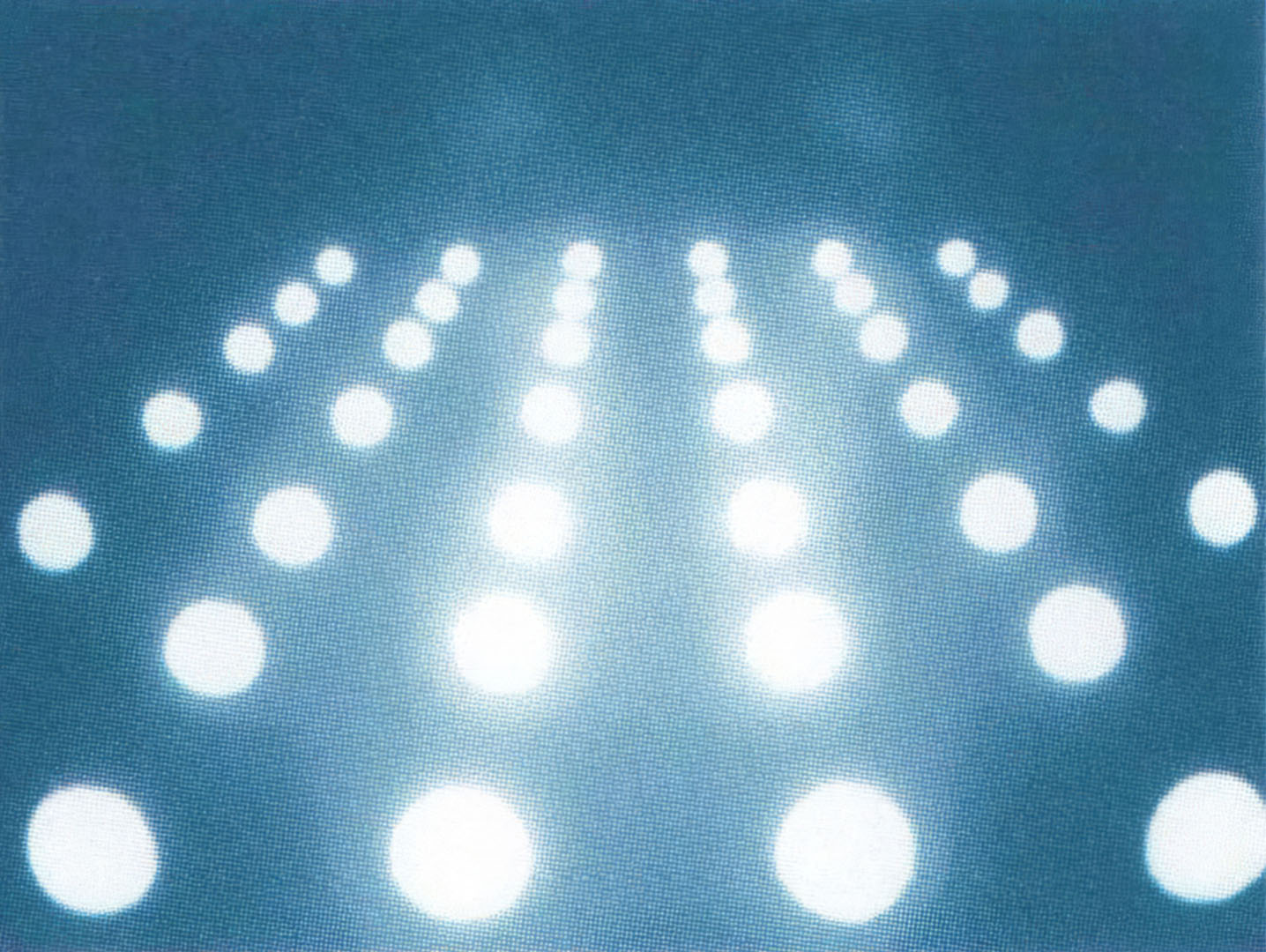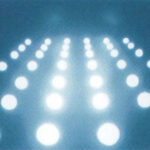“MATRIX” by Luke Jerram
Title:
Artist(s) and People Involved:
Exhibiting Artist(s):
Symposium:
Venue(s):
Medium:
Artist Statement:
MATRIX is an interactive Installation which uses patented retinal after-image technology to create virtual light sculpture within the mind of a viewer. Formed within a new perceptual world, sculptures exist in an altered dream like reality. Created from the absence of photochemicals within the eye, the mechanisms of the viewer’s vision, firstly construct then erode the fonn.
MATRIX is an advancement on ‘Retinal Memory Volume’ an artwork using the same technology which has toured widely in Europe ‘The Gestalt Psychologists, in the early part of the 20th century, made much play of perceptual organisation: that there are principles, largely inherited, by which stimulus patterns are organised into ‘wholes’ (Gestalten). Lines of dots which converge, are perceptually organised in three dimensions.’ ‘The Intelligent Eye” by R.L. Gregory p.18. The image attached can be seen as a set of spots converging on one another, decreasing in size up the page. But our brain reads this pattern as a set of identical spheres seen in perspective. Our brain likes to perceive and count identical units.
Experience for the viewers.
1. Viewer enters a dark room. Their attention focuses on a small red LED in front of them.
2. With an interval of 10 seconds between each emission there are 3 flashes of light emitted from photographic flashguns placed 1.Sm in front of the viewer.
3. Still in blackness, the viewer perceives a grid of multi coloured light spheres hovering in front of them and receding into the void.
4. A dim strobe light comes on, lighting up the installation room. Due to Emmert’s law” the viewer perceives a huge matrix of floating light spheres which appear to be solid and defining the dimensions of the installation space.
5. Strobe light goes off, the viewer leaves the room.
As the work is formed inside the viewer, documentation of the sculpture is impossible. The work allows people to observe their own eyesight, and asks the question, at which point does perception end and memory begin?
Sponsors:
Co-commissioned in 2001 for a Mathematics exhibition at the Site Gallery, UK







